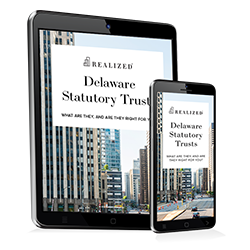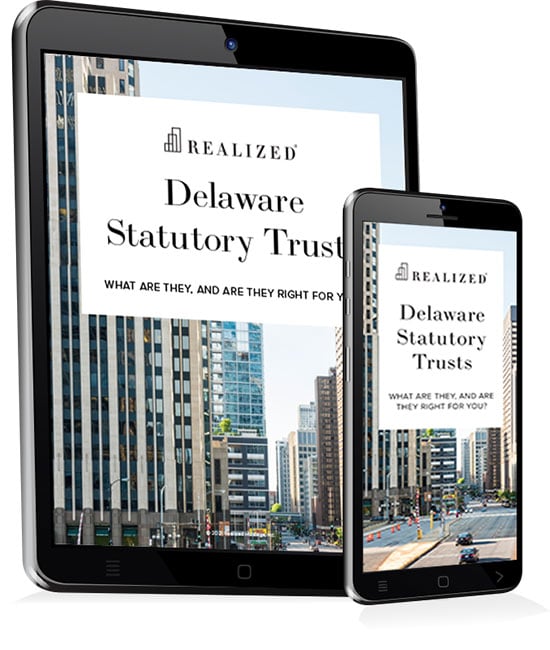
Acquiring ownership of an institutional-grade real estate asset is a dream for many investors. However, the high upfront costs and formidable management requirements make this aspiration nearly impossible unless you’re ultra-wealthy. Don’t give up hope! Some methods can help you participate and enjoy the benefits of institutional-quality assets, and one of these is the Delaware Statutory Trust (DST).
DST real estate investing provides a structure that allows investors to access institutional-quality assets while providing other benefits like tax deferral and passive income. Below, Realized 1031 shares how. Let’s take a closer look.
Defining Institutional-quality Real Estate
An institutional-grade asset is a type of property that meets the standards of large institutional investors, such as government pension funds, real estate investment trusts (REITs), or banks. The property has sufficient size and stature to attract the attention of these entities, including a large, steady income and a high probability of long-term appreciation. Thanks to the scale of their operations, institutional-grade assets are often out of reach for smaller investors.
Examples of institutional-grade assets.
- Class A Office Buildings
- Multifamily Communities
- Logistics Centers
- Hospitals and Medical Facilities
- Malls and Shopping Centers
How DSTs Provide Access to These Assets
Delaware statutory trust real estate investments are structured in such a way that allows investors to participate in institutional investing. Primarily, DSTs pool money from investors in exchange for beneficial interests. Due to the huge sums the DST sponsor is able to bring together, it can acquire institutional-quality properties without the need for additional financing. As these assets earn income, the cash is then distributed to investors in proportion to the beneficial interests they own.
This structure enables DSTs to serve as a stepping stone for small-time investors, providing access to properties with strong tenants and professional management without the high upfront costs. Paired with 1031 exchanges, DSTs provide tax-deferral benefits as well.
Benefits of DST Institutional-quality Real Estate
What exactly does investing in institutional-grade property through a DST provide? Here are some of the benefits you can expect.
- Access to High-Value Properties: In the past, only the ultra-wealthy could afford to own these assets. However, DSTs help you access these properties and increase the chances of steady cash flow and high income.
- Enhanced Diversification: DSTs typically own assets across various real estate sectors and geographic locations. This structure improves diversification, providing additional cushion in case of market downturns.
- Passive Income: In 1031 exchange-eligible DSTs, only the sponsor is allowed to have control over management and daily operations. This restriction is ideal for those who no longer want the burdens of landlord responsibilities, allowing them to earn passive income without effort.
- Tax-deferral Benefits: Pairing DSTs and 1031 exchanges allows you to delay capital gains tax payments and preserve more of your equity for longer.
- Professional Management: DST sponsors are established real estate firms with the experience and resources to handle the management of institutional-grade assets.
- Tenant Stability: Institutional-grade properties typically attract creditworthy tenants on long-term leases, which can help generate consistent cash flow.
Wrapping Up: DSTs for Institutional-grade Real Estate
Investing in institutional-quality assets may seem like an impossible dream for small-time investors, but solutions like DSTs help you participate in these opportunities. As you join a DST, you receive benefits like enhanced diversification, passive income, and tax deferral. Best of all, you can start earning income from high-caliber assets that help fuel investment success.
Sources:
https://www.irs.gov/pub/irs-news/fs-08-18.pdf
https://www.hellodata.ai/help-articles/what-does-institutional-grade-mean-in-real-estate



